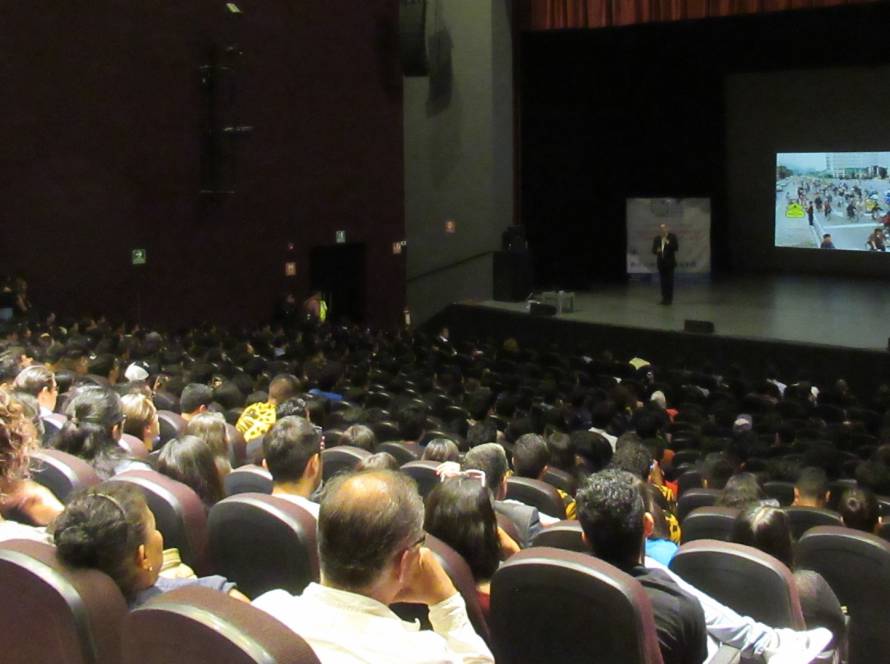Key Takeaways
- To divert trips from cars, walking and cycling must be simultaneously:
- Useful (mixed-use destinations),
- Safe (protection from vehicular threat),
- Comfortable (well-enclosed “outdoor living rooms”) and
- Interesting (varied façades, human-scaled details).
- Edges define a place: the ratio of height to width gives it a different character. If it is too wide and not high enough, the feeling of ‘enclosure’ is affected. As a general rule, the lighter the ratio, the stronger the sense of place.
- To divert trips from cars, walking and cycling must be simultaneously:
Summary
- Why walkability?
- Economic: Walkable districts boost property values, retail sales and development resilience.
- Environmental: Reduces per-capita carbon emissions from driving, mitigates urban heat.
- Epidemiological: Encourages physical activity, combats obesity and social isolation.
- Equity: Accessible streets serve all ages, incomes and abilities.
- How to do it?
- Useful: Co-locate homes, offices, shops and amenities within short distances.
- Safe: Rebalance lane counts to vehicle volumes; add protected bike/ped lanes; convert one-ways to two-ways.
- Comfortable: Shape streets with strong building edges (ideal height: width ~1:1 to 1:2); conceal parking; create “outdoor living rooms.”
- Interesting: Vary building forms, activate frontages with windows, doors and retail.
- Regulating plans enforce quality: Beyond illustrative masterplans, legally adopted regulating plans (mandatory retail frontages, tree-planting, block sizes) are essential to guarantee walkable outcomes.
- Case studies / Best Practices
- Lane reductions in Oklahoma City: from 4–6 lanes down to 2 plus bike lanes or streetcar tracks cut vehicle speeds, reclaimed curb-space for parking, and improved pedestrian safety at near-zero cost.
- Reshaping New Town Center in Elkhart, Indiana: from floating buildings around parking lots into a well-framed green square with continuous street edges proved that simple enclosure (height-to-width ratio) transforms an empty plaza into a beloved place.
- One-use district in Carmel, Indiana: a narrow boulevard with separated bike and pedestrian lanes inserted through an auto-dependent office park stitched together civic attractions, retail and housing, turning a recreational trail into the heart of the community.
- Suburban Office Park Retrofit: Transformed surface parking and monolithic offices into a fine-grained network of streets, hidden structured parking, housing, retail frontages and civic spaces.
- Why walkability?
How can Cities apply these learnings?
- Conduct volume counts; convert under-utilized 4–6 lane streets into 2 lanes + protected bike/pedestrian lanes or streetcar tracks; repaint and curb in next repave cycle.
- Replace generic zoning with form-based codes: specify building placement, permitted uses, block sizes, mandatory retail frontages, tree-planting and parking rules.
- Update standards to include sidewalk width minimums, curb ramps, audible crossings, and close-gap infill of missing middle housing near transit and services.
Ideas for further reading
- Walkable City: How Downtown Can Save America, One Step At A Time – Book By Jeff Speck.
- Case Studies in Retrofitting Suburbia: Urban Design Strategies for Urgent Challenges – Book by June Williamson and Ellen Dunham-Jones.


